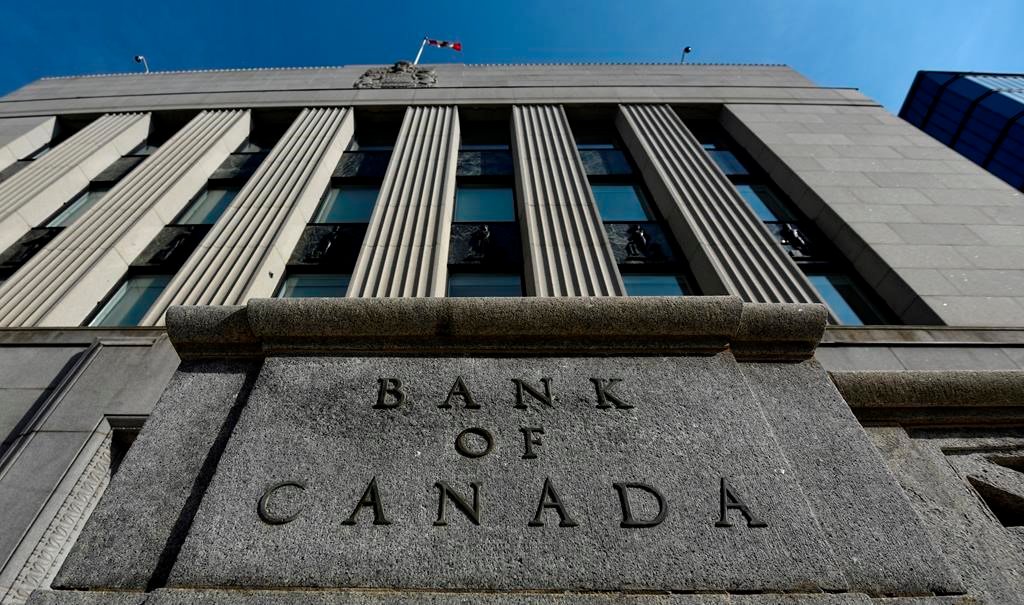Economists expect the overdue move because growth remains weak and trade tensions escalate. Recent data show the Canadian economy contracted, unemployment rose and business sentiment dipped. As a result, policymakers face a difficult balancing act between supporting growth and managing inflation risks.
Why the Bank is Acting
First, economic growth has stalled. Canada’s second-quarter GDP fell by 1.6 % amid U.S. tariffs on steel and aluminium.
Meanwhile, business outlook surveys show executives expect weaker demand and slower hiring. Thus, the BoC is under pressure to ease policy.
Secondly, while inflation remains within the 1-3 % target, core inflation measures still flirt with the upper end of that range. Therefore, the bank must weigh growth risks against inflation threats.
What the Rate Cut Would Look Like
The Bank of Canada is expected to cut its overnight rate by 25 basis points, bringing it to approximately 2.25 %.
That level sits at the lower end of the bank’s estimated “neutral” range (2.25 %-3.25 %)—meaning the rate neither stimulates nor restricts economic activity.
Many economists believe this may be the last cut for a while, as further easing depends on clearer economic signals.
Implications for Individuals & Markets
For homeowners with variable-rate mortgages, a rate cut could reduce monthly payments slightly. Investors will watch bond yields and the Canadian dollar closely, as lower rates tend to weaken the currency and boost stock valuations. On the flip side, savers and retirees may earn less from interest-bearing accounts. Businesses that rely on borrowing could see cheaper credit, which might prompt investment in equipment and expansion—provided they believe demand will return.
Risks & Why the BoC Might Pause
Despite pressure to cut, the central bank faces several headwinds. Trade friction with the U.S. and global supply-chain disruptions pose risks to both growth and inflation.
Productivity remains weak and firms hesitate to invest. Moreover, inflation may not fall as quickly as hoped, limiting the effectiveness of rate cuts. Some economists argue the bank should hold at 2.25 % until clearer signals emerge.
Political and Economic Context
The decision comes as the government prepares a new federal budget and monitors export performance. If fiscal stimulus kicks in, the Bank may hold rates steady despite public pressure for easing.
Furthermore, provincial economies reliant on resource exports face the most vulnerability, making coordinated policy responses more important.
What to Watch Next
The rate announcement is scheduled for October 29, 2025, after which the BoC will release its Monetary Policy Report. Observers will scrutinize language around “future policy direction” and “risks to growth.”
Attention will also fall on whether the BoC signals a pause after the upcoming cut. Markets expect this week’s cut—but many believe the bank will wait for clearer recovery signs before acting again.
Canada’s economy stands at a precarious juncture. With growth weakening and external risks mounting, the Bank of Canada seems ready to act. However, the path ahead remains uncertain.
If the economy stabilizes, this may be the final cut of the cycle. If not, further action may become necessary. For Canadians, businesses and markets, the next rate decision matters a great deal.











